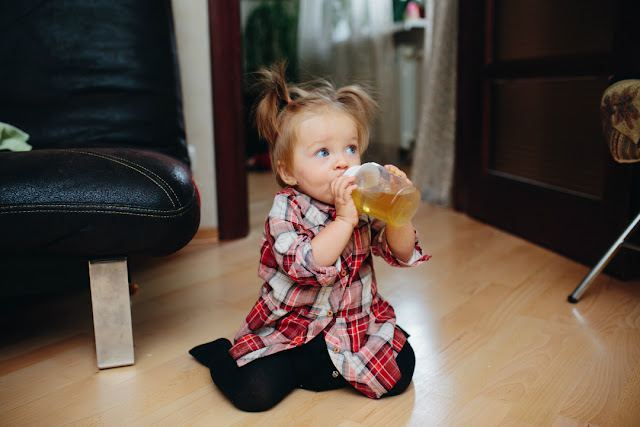Are Plastics Safe for Baby Bottles and Sippy Cups? Risk from Bisphenol A
Bisphenol A in baby bottles:
Bisphenol A, an organic compound with two phenol functional group, abbreviated as BPA. It is a di-functional building block for many essential plastics and plastic additives. Its hazardous nature towards Human was estimated in the year 1930s, and therefore some shopkeepers have stopped keeping products which contains Bisphenol A. However the concern about the use of bisphenol A in several product was always and regularly published in the news paper and other news sources. Recent report gathered from the FDA raised further concerns regarding the exposure of Bisphenol A on fetuses, infants, and young children.
Use of Bisphenol A:
Bisphenol A is generally used in the production of common products such as baby and water bottles, sports equipment, medical devices, dental devices, dental fillings and sealants, eyeglass lenses, CDs and DVDs, and household electronics. It is also used in the synthesis of polysulfones and polyether ketones, as an antioxidant in some plasticizers, and as a polymerization inhibitor in PVC.
Health Effect:
Bisphenol A is an endocrine effector that can mimic the body’s own hormones and can lead to health damaging effect. Its early development seems to be the greatest sensitivity to its effects. Looking at the consequences of Bisphenol A, the regulatory bodies have determine the safety levels specially for Humans, but those safety levels doesn’t meet the general set criterion and are under review as a result of new scientific studies. A year back, The Endocrine Society had also released a scientific statement stating concern over current human exposure to Bisphenol A.
For more updates visit HarNeedi.com


Comments
Post a Comment